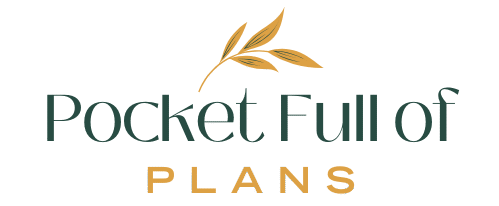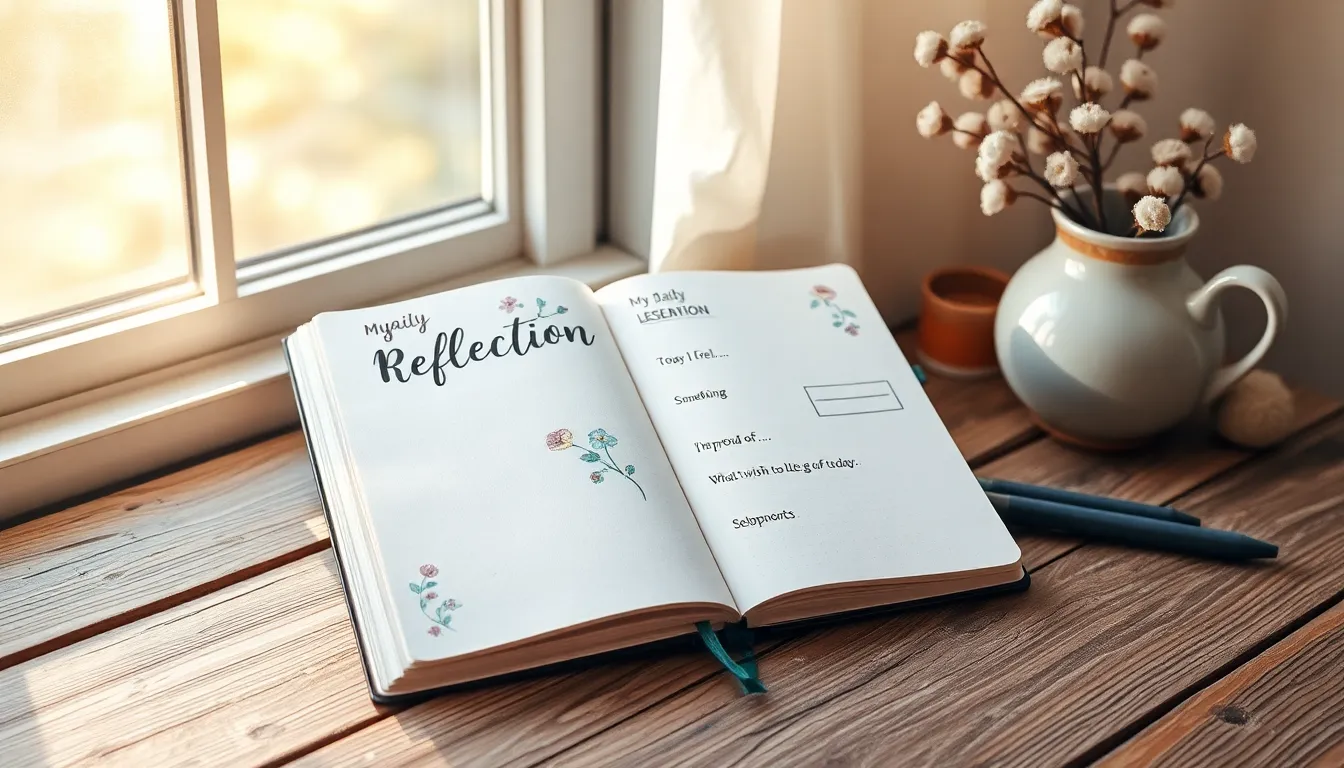Journaling is a powerful tool to clear your mind and nurture self-discovery. For beginners, crafting thoughtful spreads can transform blank pages into a journey of wellness.
Dive into simple techniques that make organizing thoughts a joy, unlocking creativity and calm. Let’s embark on this path to a more mindful you.
Essential Tools for Journal Setup

To set up your journal, start with the basics: a notebook and a pen. Choose materials that inspire you, as this encourages consistency. Keep it simple to avoid overwhelm.
Try incorporating a few effective prompts to begin:
- Gratitude: List three things you’re thankful for.
- Intentions: Note one goal for the day.
These prompts foster positivity and focus, enhancing your self-care journey.
Simple Layouts to Get Started

Begin with a daily gratitude list to cultivate positivity. Simply jot down
- three things you’re thankful for
- one positive affirmation
to start your day with intention.
Try a weekly reflection for clarity and growth. Summarize your week by noting
- one challenge you overcame
- one success you achieved
to recognize your progress and inspire future goals.
Daily Logs: Tracking Your Day

Start your day with a brief morning log focused on intention setting. Consider prompts like:
- “What are my top three priorities today?”
- “How do I want to feel by the end of the day?”
These simple reflections can ground your day.
In the evening, use a reflection log to capture key moments. Prompts such as:
- “What went well today?”
- “What did I learn?”
help you process experiences and promote gratitude, fostering a sense of accomplishment and peace.
Incorporating Creative Visual Elements

Enhance your journaling with creative visual elements like doodles or color-coded sections. This not only boosts engagement but also makes each entry more personal and expressive.
Try these prompts:
- Sketch a small icon that represents your mood.
- Use colors to highlight key thoughts or plans.
Let your creativity flow and transform your journal into a vibrant reflection of your thoughts and feelings.
Reflective Prompts for Beginners

Begin with simple prompts to ease into reflection. Try asking yourself, “What am I grateful for today?” or “What did I learn about myself this week?” These questions encourage awareness and positive thinking.
For deeper insights, consider journaling on “What challenges did I face, and how did I overcome them?” or “How do I feel about my current priorities?” Reflecting on these can boost self-awareness and personal growth.
Conclusion: Creating Beautiful Outdoor Spaces
In exploring the transformative power of journal spreads for beginners, we’ve uncovered five pivotal relationship concepts: effective communication, empathy, conflict resolution, intimacy, and shared goals. These elements serve as the foundation for nurturing deeper, more meaningful connections. By documenting thoughts and feelings through journaling, you’re equipped to articulate emotions, foster understanding, and navigate conflicts with grace. This practice enriches intimacy and aligns partners towards common aspirations.
As your immediate next step, set aside a few minutes today to start a simple journal entry reflecting on your current relationship dynamics. Identify one area you’d like to enhance, and jot down actionable steps to nurture it. This small yet significant effort can be the catalyst for profound growth and understanding.
Remember, your journey towards relationship success is ongoing, and this article can be your guide. Bookmark or save it now, so you can revisit these insights whenever you need a boost of motivation or a reminder of the fundamentals.
Looking forward, with dedication and mindfulness, you can cultivate a partnership that thrives on understanding and mutual respect. Embrace this opportunity to invest in your relationship, and watch it flourish in ways you never imagined.


